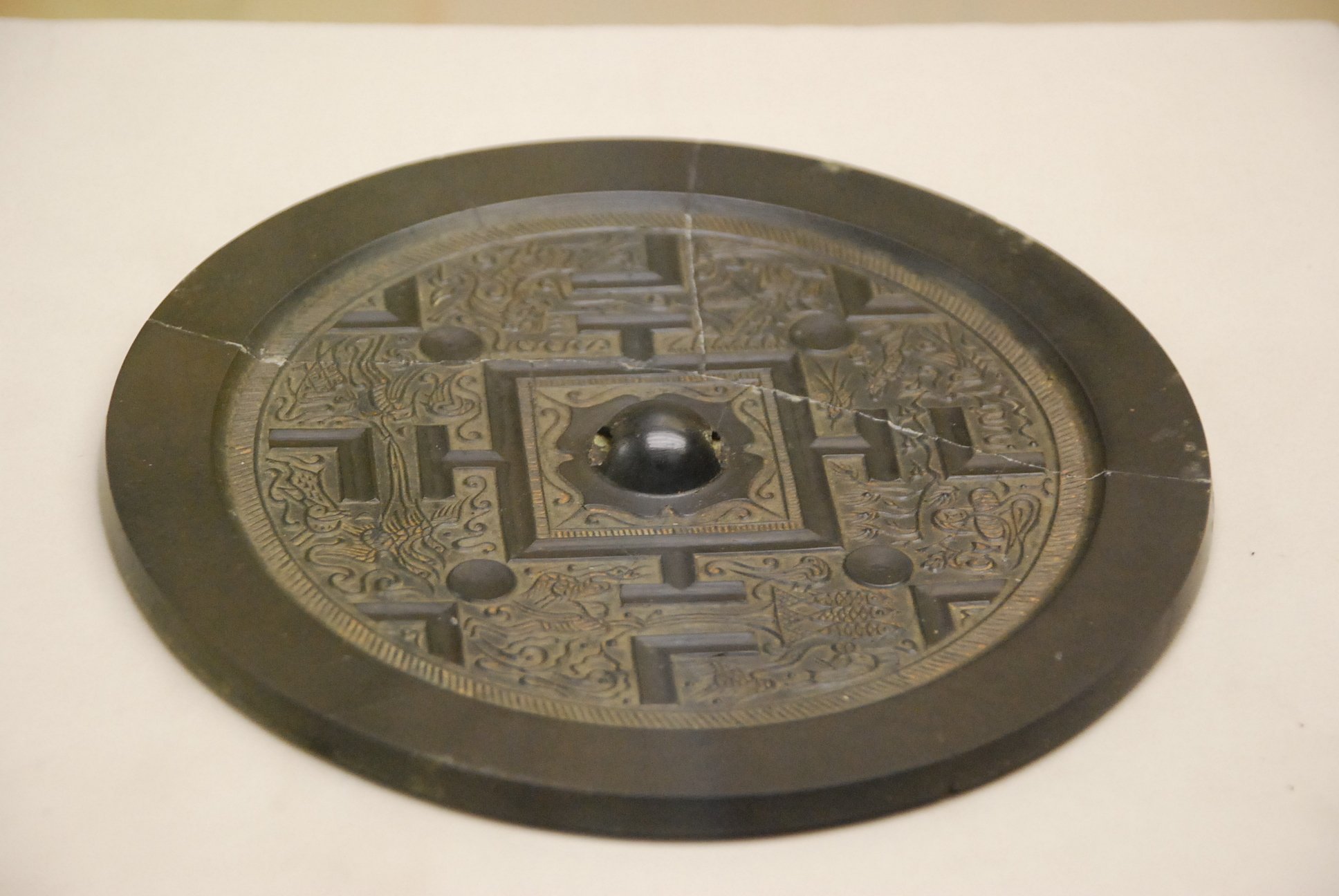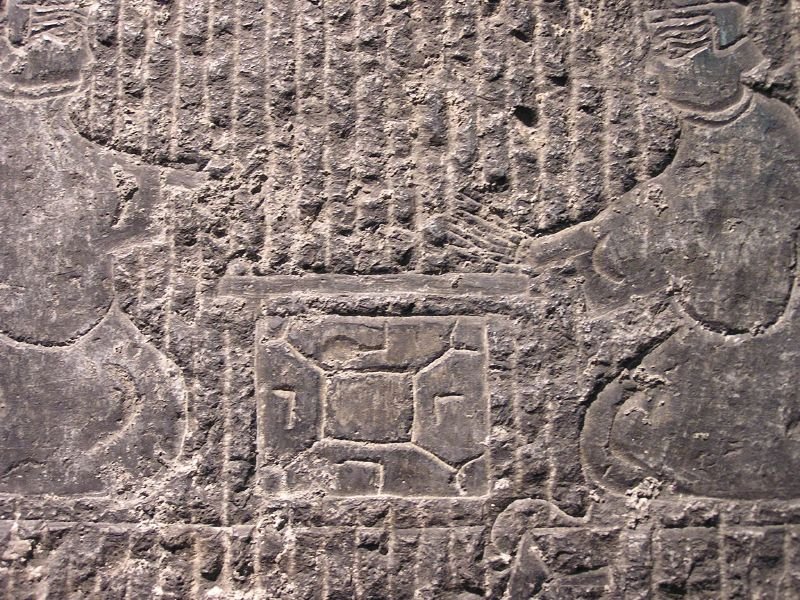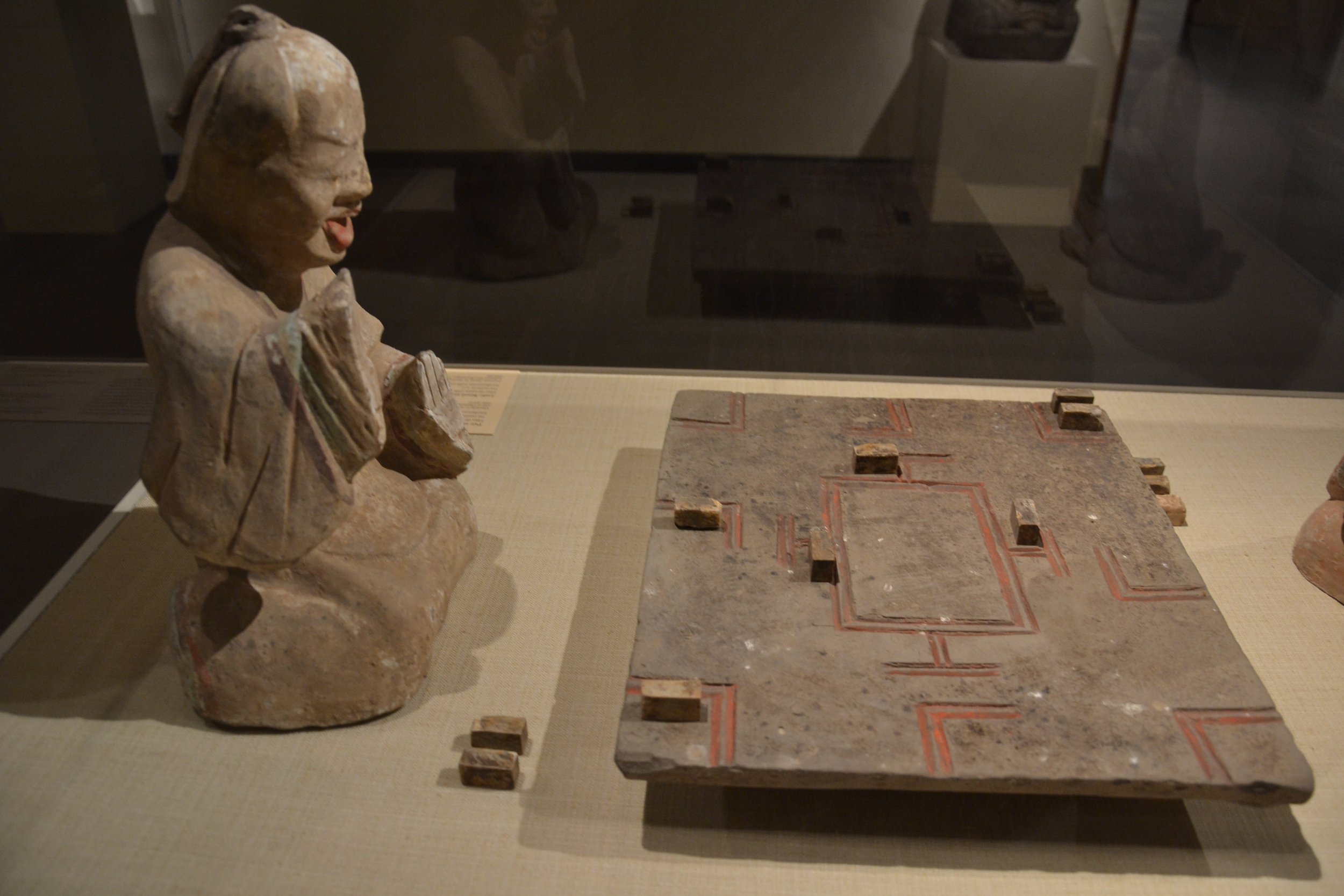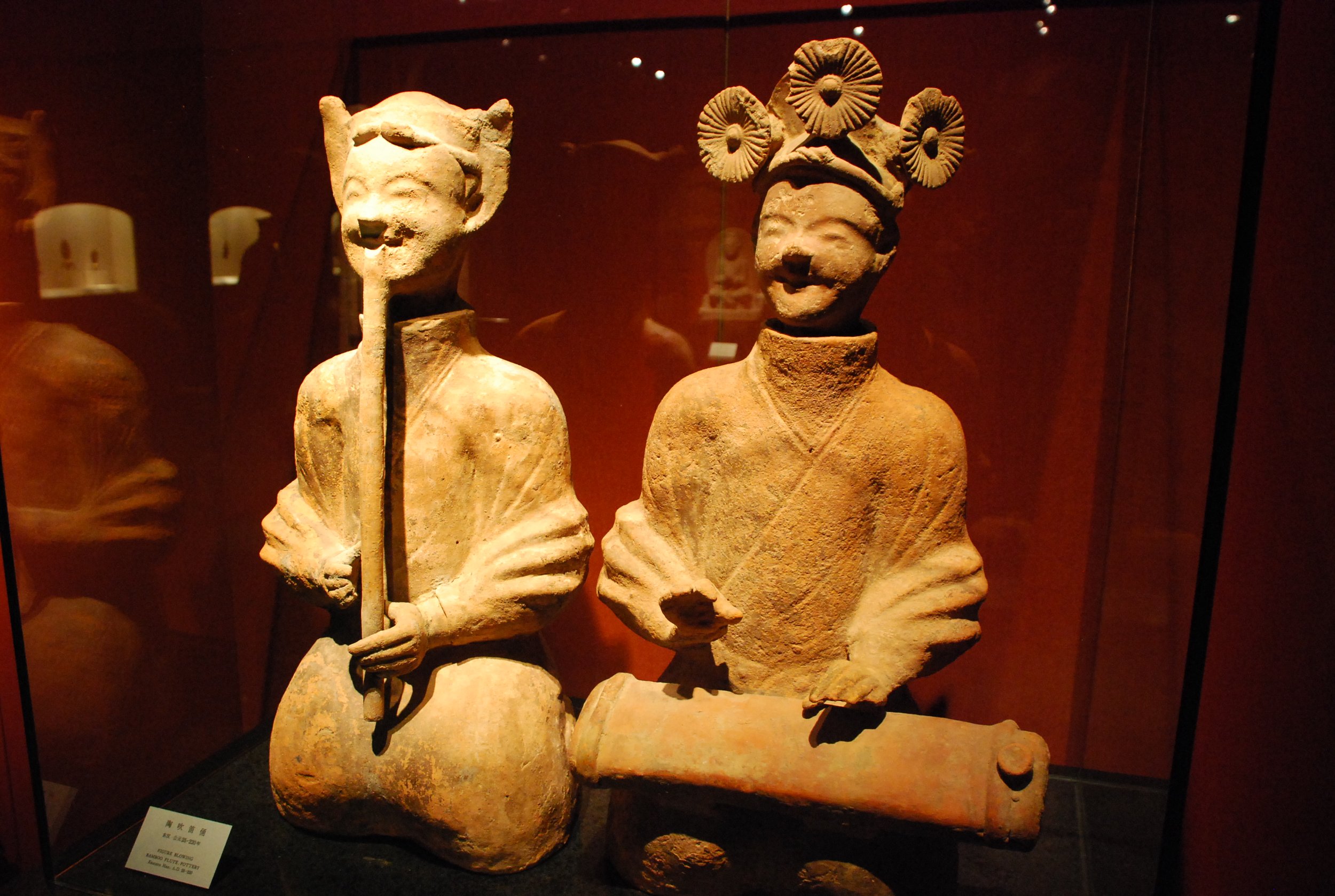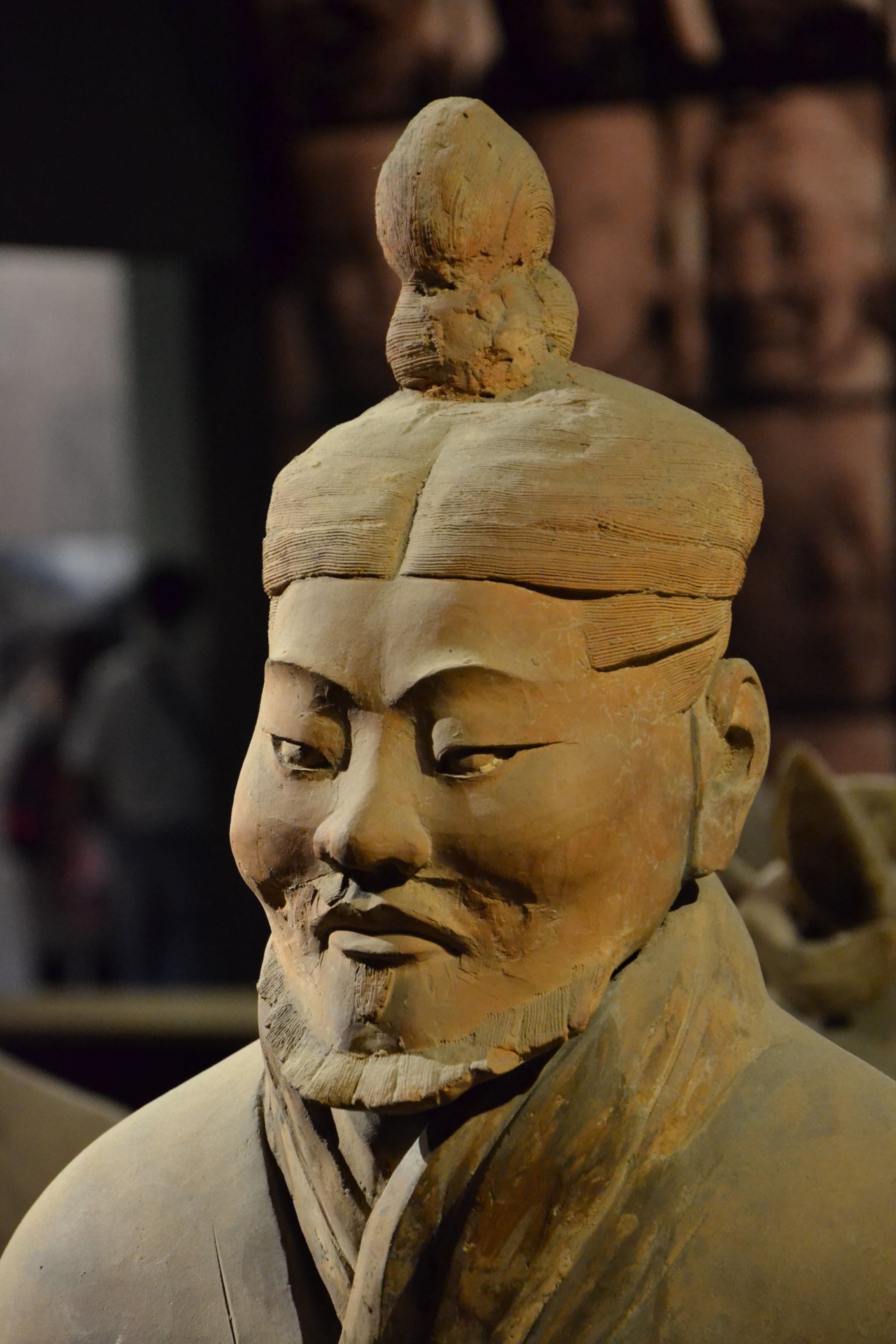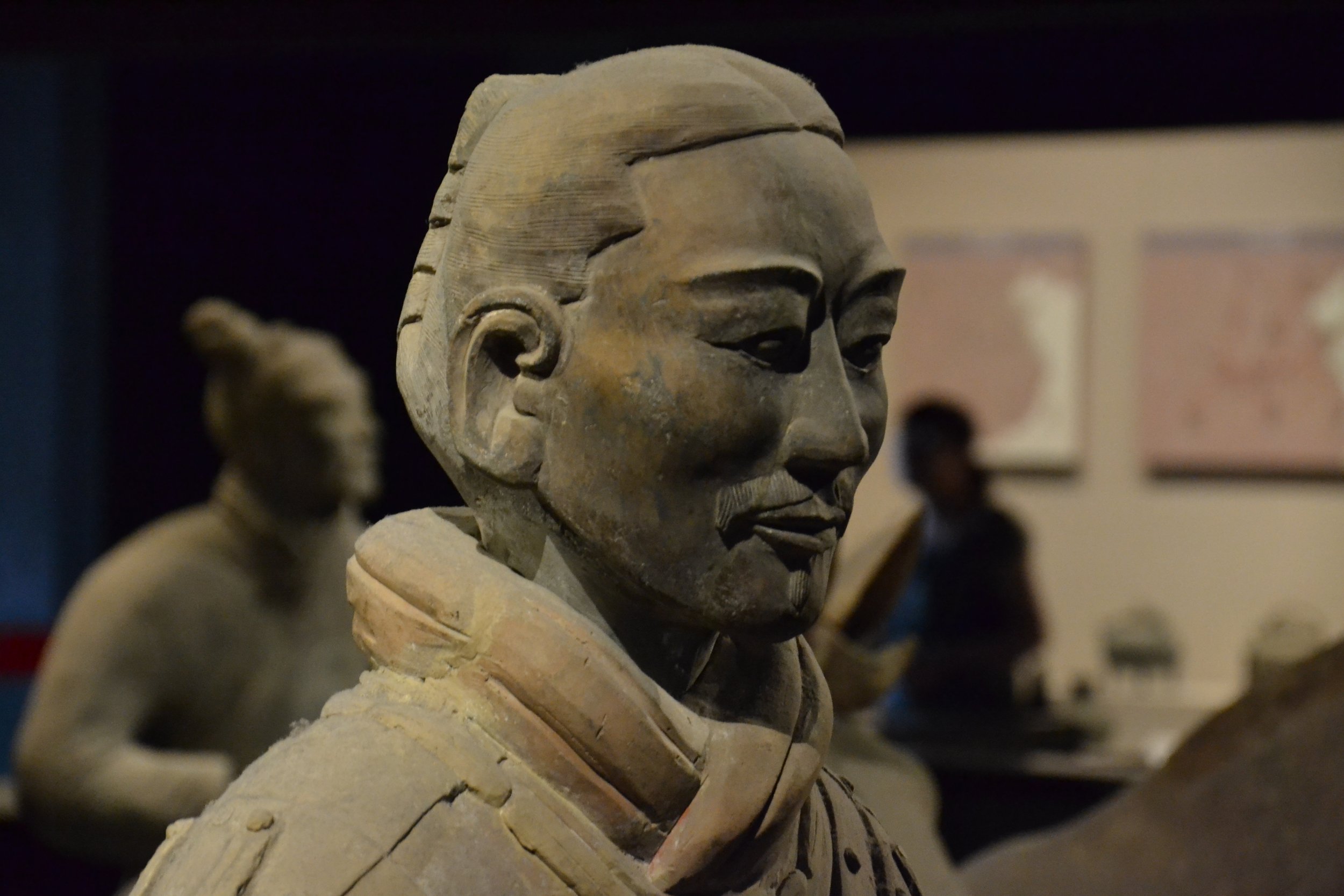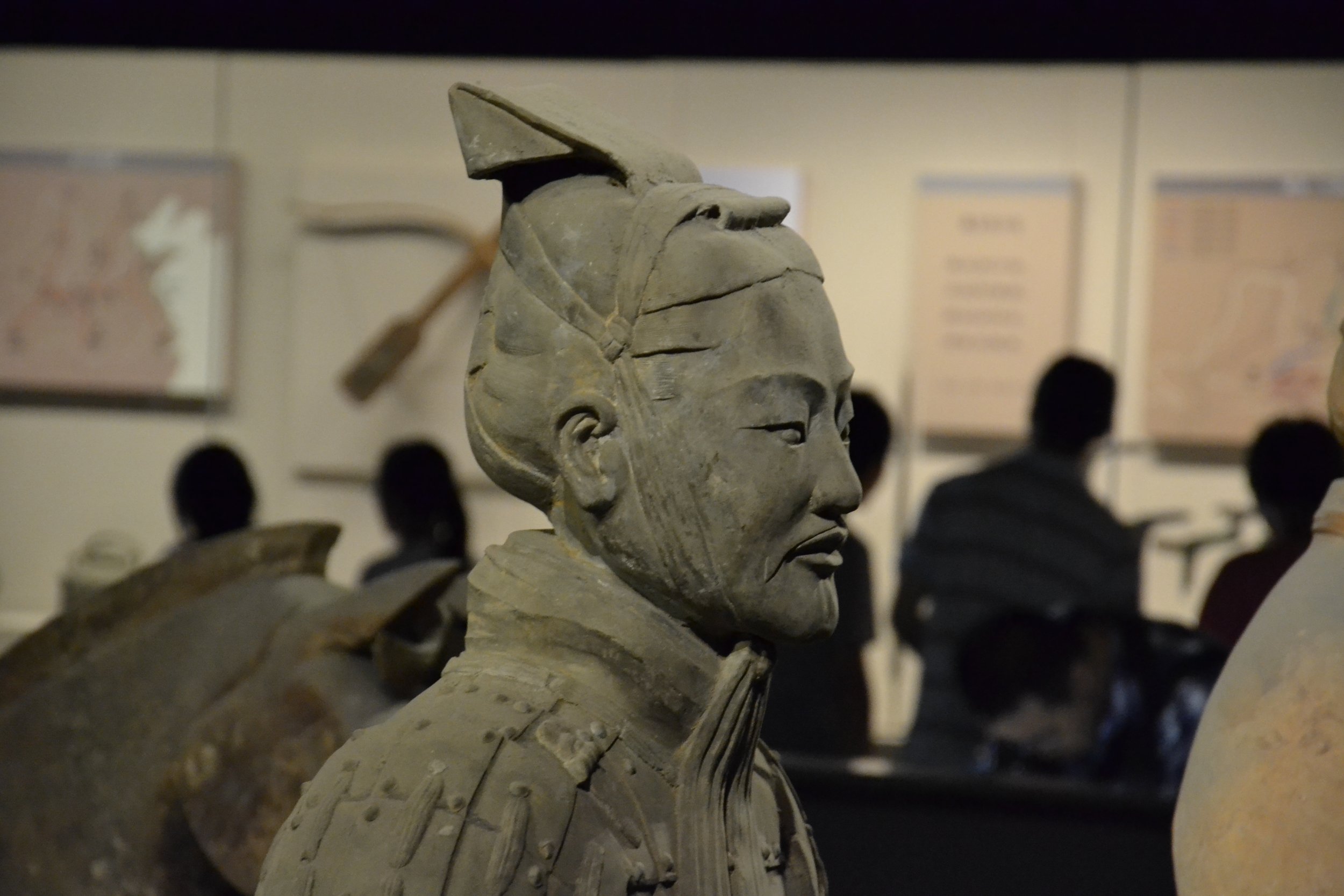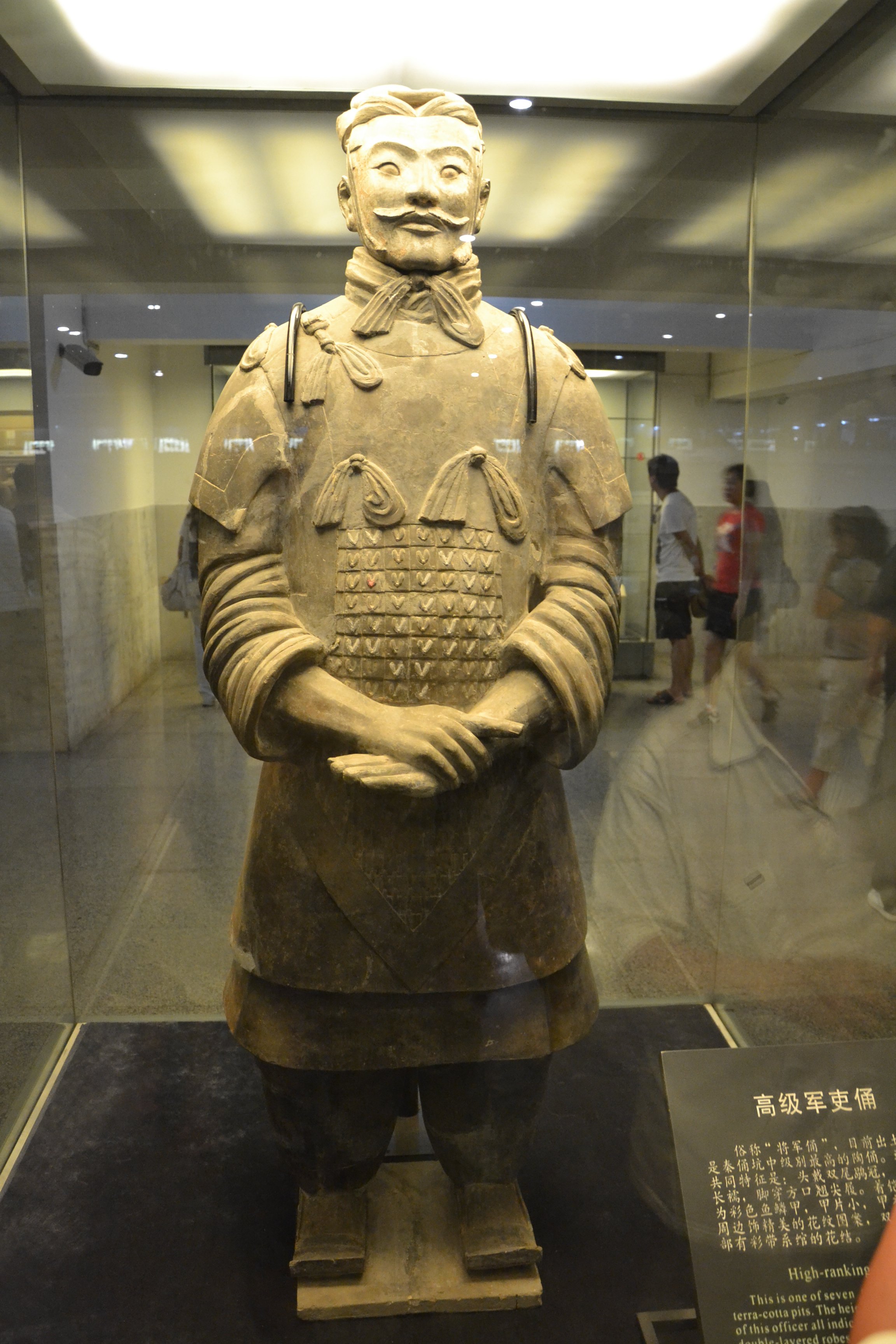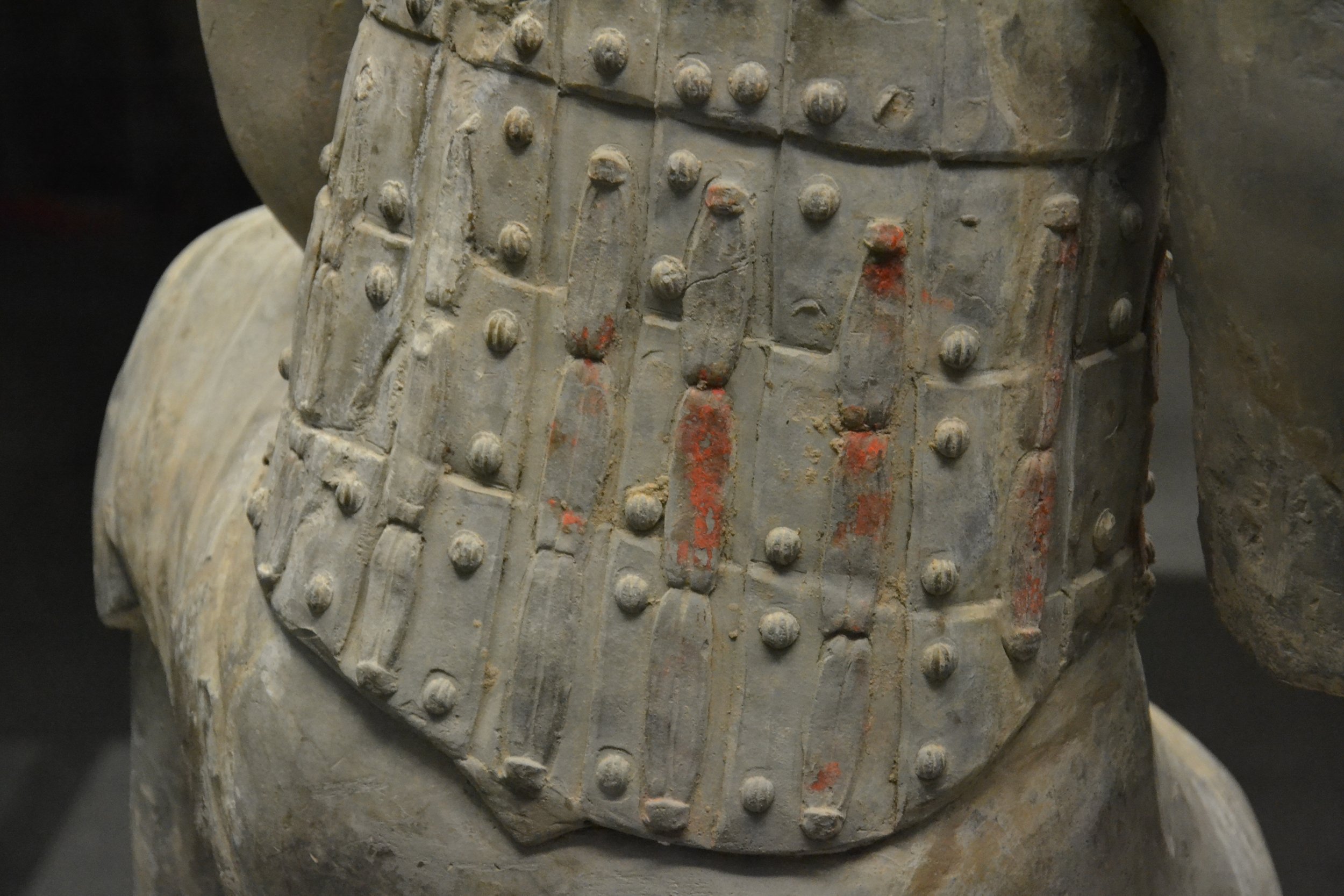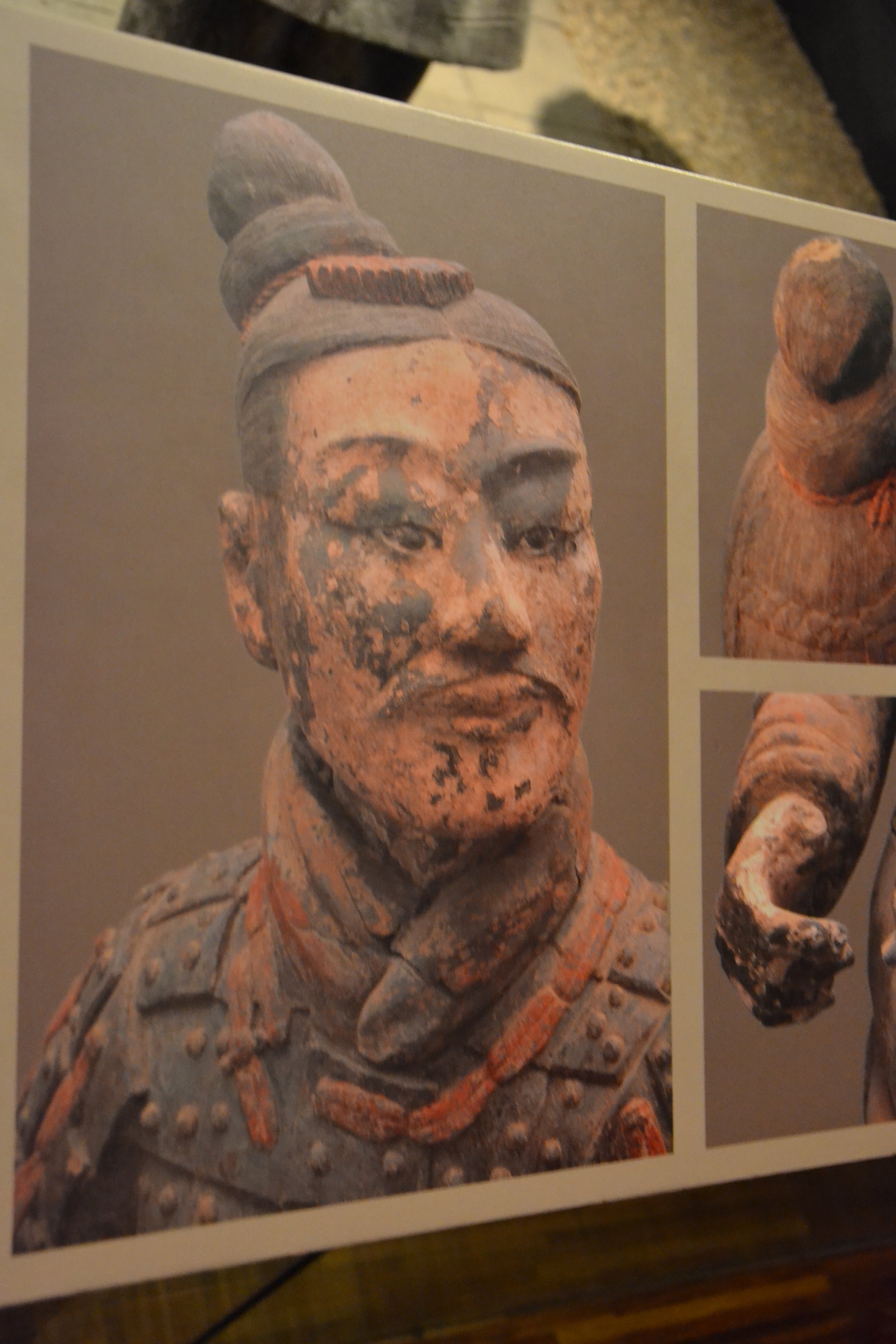Previous Episodes
- June 2025
- May 2025
- April 2025
- March 2025
- February 2025
- January 2025
- December 2024
- November 2024
- October 2024
- September 2024
- August 2024
- July 2024
- June 2024
- May 2024
- April 2024
- March 2024
- February 2024
- January 2024
- December 2023
- November 2023
- October 2023
- September 2023
- August 2023
- July 2023
- June 2023
- May 2023
- April 2023
- March 2023
- February 2023
- January 2023
- December 2022
- November 2022
- October 2022
- September 2022
- August 2022
- July 2022
- June 2022
- May 2022
- April 2022
- March 2022
- February 2022
- January 2022
- December 2021
- November 2021
- October 2021
- September 2021
- August 2021
- July 2021
- June 2021
- May 2021
- April 2021
- March 2021
- February 2021
- January 2021
- December 2020
- November 2020
- October 2020
- September 2020
- August 2020
- July 2020
- June 2020
- May 2020
- April 2020
- March 2020
- February 2020
- January 2020
- December 2019
- November 2019
- October 2019
- September 2019
This episode we take a look past the fall of the Han and into the rise of the Three Kingdoms of Cao Wei, Shu Han, and Eastern Wu, followed by reuinification under the Western Jin, followed by the Eastern Jin, when they moved their capital down to the old Eastern Wu capital on the Yangzi River.
In that time, we see the creation of the Nine Rank system for government ranks and offices, as well as a glorification of refusing government service—or even retiring and taking up the arts.
Despite the chaos of this period, there is still a lot happening and a lot of innovation that will make its way over to the archipelago, eventually.
-
Welcome to Sengoku Daimyo’s Chronicles of Japan. My name is Joshua, and this is episode 72: The Three Kingdoms Period
Greetings, and welcome back. We are currently still in a pause on the archipelago while we catch up with what has been happening on the continent. Specifically, right now, we are focused on the various dynasties that arose around the Yellow and Yangzi rivers.
Last episode we covered the rise of the Qin and then the Han, who ruled for four centuries from the Yellow River region—first in Chang’an, modern Xi’an, and later from Luoyang. These traditional capitals would be used again and again over the centuries.
This episode we’ll cover turbulent era immediately following the fall of the Han, including the rise of the Three Kingdoms—Shu, Wei, and Wu—and eventual reunification and then dissolution under the Jin.
This period sees a lot of changes happening, both in population movements and in cultural phenomena. Our focus is going to be on some of those things that would, in one form or another, eventually be transferred over to the archipelago. Things such as the system of government ranks as well as cultural phenomena, like the famed Seven Worthies of the Bamboo Grove.
Our story starts towards the end of the Han dynasty—the Later Han, sometimes known as the Eastern Han, as the capital had moved to Luoyang, east of Chang’an. At this time, there was massive migration south to the jungles and forest of the Yangzi river region. While there had been ethnic Han emigres to the region in the past, it was nothing on the scale of the millions of people who would seek refuge there during the chaotic fall of the Han dynasty. What they did when they got there was partly dependent on just where they settled along the reaches of the Yangzi river.
The majority headed to the lower reaches of the Yangzi,. This area must have been both similar to and radically different from the Yellow River Floodplain, where many had come from. The Yellow River floodplain was extremely flat, and the Yellow River was known to regularly overflow its banks, as it was constantly depositing sand and other detritus, which, in turn, raised the bed of the river itself. In fact, there are places today where the Yellow river towers some ten meters—about three stories—above the surrounding countryside due to the constant attempts to pen it in and prevent devastating flooding. When the Yellow River did flood, the flow of the river could shift drastically across the largely flat floodplain.
In contrast, the Yangzi river was more easily tamed. While it still had problems with flooding, the mountainous and hilly terrain provide more natural containment for the river, and its headwaters in the rocky, mountain regions bring a lot less sediment downstream. How much? Well, one figure I found suggested that the Yangzi, which is Asia’s largest river, has a flow rate of over 30 thousand cubic meters of water every second, and discharges about 480 million tons of sediment every year. Compare that with the Yellow River, which has a flow of only about 2500 cubic meters of water every second, but over a billion tons of sediment. For those trying to do the math in their heads, the Yellow River has a flow rate about ten times less than that of the Yangzi and yet it discharges over twice the amount of sediment every year.
So, you can imagine that it was generally a less chaotic area for farming, and indeed, many of the peasants who settled in the lower reaches of the Yangzi became farmers, often working for elite families who had set themselves up in the south. This was the location of the ancient state of Wu, which had had ethnic Han inhabitants since at least the eastern Zhou dynasty, so at least the 3rd century BCE, and whose old capital was around modern Suzhou, on the shores of lake Tai, in the precincts of modern Shanghai, at the mouth of the Yangzi river.
Now we’ve heard of the state of Wu before on this podcast: you may or may not recall that Wu was the state known in Japan as Kure, though where, exactly, that name comes from seems to be a bit of a mystery. Back in Episode 48 we talked about weavers coming to Japan from “Kure” during the reign of Homuda Wake, and then in episode 60 we see envoys from “Kure” coming over in 470, during the reign of Ohohatsuse Wakatake, aka Yuuryaku, though at that time it would have almost certainly referred to the Liu Song dynasty which was still centered on the lower reaches of the Yangzi.Here’s where I should probably note that the name “Wu” itself is the modern reading of the character used, which in ancient Sinitic language was probably something more like “Nguo” or even “Ngwa”. Even today, this area has its own Sinitic language, called “Wu Language” that is occasionally spoken there, though mostly as a “kitchen language” spoken at home, rather than an official language or dialect…and that leads us to some interesting additional connections between this area and the history of the Japanese language.
We know the Japanese archipelago felt the reach of the continent since at least the Qin and Han dynasties - we have the famous seal of King Na of Wa, as well as the Han dynasty mirrors that came over and which the Japanese were keen to replicate – but how much else they took on of the cultural aspects is somewhat hard to say at this point. But looking at the language, one thing we can observe is how the various Japanese on'yomi readings of Sinitic kanji characters connect to pronunciations of different times and places on the continent, suggesting that different periods and locations of contact are reflected in the Japanese language itself.
Many kanji have multiple on’yomi readings in different categories – one is the Kan-on, or “Han” reading, while another is the Go-on, or “Wu” reading, “Go” being a reading for the character Wu, likely pulled from the old pronunciation, “Nguo”. (And so for instance the same character read as “Mei” could also be read “Myou” or “Ka” could be read as “Ge”, or even “Jitsu” as “Nichi”.) The Go-on is typically assumed to be the older reading, which likely came over in the 6th century or earlier, while the so-called “Han” reading probably reflected more the Tang dynasty and later. This doesn’t necessarily mean that those Go-on readings came from Wu itself or the ancient Wu language, but more likely that they were simply older or regional readings that differed from the northern dialects in vogue in later centuries. And even though Mandarin and Cantonese didn’t evolve into their current forms until later, there were distinct regional differences in language between the northern and southern areas as early as the 6th century, as Yan Zhitui noted in his writings. The south had a reputation as more culturally refined, though alternatively that could be seen as lazy and archaic, whereas the north had perhaps a coarser dialect, and was also seen as more hard-working and industrious, though one should note that Zhitui was a native of the north and therefore likely prejudiced in his views.
Language differences aside, over time, of course, the people of the original state of Wu were largely absorbed or replaced by the Han people migrating south, especially with the uptick at the end of the Han dynasty. And as I mentioned before, many who settled in this region became farmers, working for elite families, many of whom had set up around Lake Tai, near the old capital. Eventually another city would come to take precedence, however, and that was the city of Jianye, known today as Nanjing, the Southern Capital, and we will see why in a little bit.
Before that, though, let’s talk about the rest of the Yangzi. While farmers were moving into the relatively flat and fertile areas in the southern reaches, those in the more mountainous regions often had a different experience. While there were certainly farms producing food, many of the communities in the middle reaches had more of a military focus, setting up various fortified communities, often taking advantage of the mountainous terrain. In the mountains, communities had to be relatively self-sufficient.
Further upriver is the Min River basin, a relatively flat area, highly suitable for agriculture, but surrounded by mountains. This is the home of the modern city of Chengdu, in modern Sichuan. The relatively flat, fertile land meant that various states could arise here, and many different ones had indeed risen and fallen by this time. There had been a growing Han presence since at least the Qin dynasty, but interactions with others were awkward, requiring the traversal of difficult and mountainous terrain to get out of the river basin. The same things that would allow states to form in this region, often protected by the mountains from outside forces, would also be the things that kept them isolated at the same time, preventing them from expanding and conquering much beyond their own region.
So these – the southern reaches, the central mountains, and the Min River or modern-day Sichuan basin – were the three areas of the Yangzi that people were moving to in the Han dynasty. And that migration only increased as the turbulence towards the end of the Han dynasty increased.
After the Yellow Turban rebellion, things in the capital region remained uneasy. A regent attempted to bring in a frontier general, Dong Zhuo, to help check the power of the eunuchs, who had a stranglehold on the court, but before the general could arrive, the regent was assassinated. In retaliation, two officers of the newly created capital army seized Luoyang and massacred the eunuchs. This left a power vacuum, and when Dong Zhuo arrived, he captured the emperor, and took power as a military dictator.
By this point, military rule was the order of the day, and even though there was still an emperor, the Han dynasty was as much a going concern as a Norwegian blue parrot. Dong Zhuo eventually spirited the boy emperor, Xian, to his home base in Chang’an, while his soldiers burned Luoyang to the ground. This triggered a whole slough of generals to set themselves up as warlords, and for some 30 years, the territories from the Yangzi river north found themselves in various conflicts.
The north seems to have seen the lion’s share of the fighting, as one of the generals who had opposed Dong Zhuo went on to put down his rivals and unify much of the Yellow River Basin and points north, including the Han commanderies on the Korean peninsula. His name was Cao Cao, and he unified the north under his rule by 207, and then turned his attention to the south.
At first, things seemed to be going well for Cao Cao. His initial push into the south met with little resistance, and he even gained more men. However, Cao Cao’s sizeable army required food, and it seems his supply lines were drawn out a considerable length, as there are reports of famine, and disease—possibly a result of the subtropical forests that were still considered untamed wilderness, not to mention the many areas of marshy wetlands that had yet to be drained and cultivated. For an army made up of largely northern soldiers, one can imagine how they fared in this humid and unfamiliar terrain.
Additionally, fighting in the south was not the same as in the north. Battles in the south had to make use of the Yangzi’s extensive river system, meaning that you were looking at a lot of effectively naval warfare. There are many incredible exploits that could be discussed here. About Cao Cao’s inadvisable attempts to chain his boats together to provide a more stable platform for northerners who were not used to sleeping on the water like this, to a feigned defector, who instead of coming to Cao Cao’s side sent a barrage of fire ships—that is ships that were deliberately set on fire and placed on a collision course with Cao Cao’s fleet.
Eventually, the fate of Cao Cao’s incursion was sealed in the famous Battle of Red Cliffs—an event that has spawned poetry, literature, and not a few movies. There Cao Cao was opposed by rival southern warlords, and he suffered a decisive defeat. It stopped his advance, and provided space for the southern regions to develop.
And so there developed an uneasy peace. The north was unified under Cao Cao and his successors, under what would become the Wei kingdom, while the south was split into two regions; Shu, in the west, under the command of Liu Bei, and Wu, in the east, under the command of Sun Quan. Eventually Cao Cao’s son, Cao Bi, would set himself up as the emperor of Wei, finally doing away with the charade of the Han dynasty, and Liu Bei and Sun Quan would follow suit.
This is the period known as the Three Kingdoms in Chinese history. It was a relatively brief period, all things considered—only about 60 years—but it was memorialized in various ways. First off is the Record of the Three Kingdoms, by Chen Shou, which is where we find the Wei Chronicles, which provides our first glimpse into the Japanese archipelago in the stories about the intriguing Queen Himiko. This was also part of the basis for the more fantastical 14th century novel, the “Romance of the Three Kingdoms”, one of the most popular literary works in East Asia, inspiring numerous plays, spin-offs, and even movie and television series. Of course, that is a work of historical fiction, building off of the history, but also incorporating the fantastic and romantic stories that had sprung up around the various characters in those stories.
The Three Kingdoms—perhaps “Three Countries” is more appropriate—were the three we’ve just discussed: Wei, Wu, and Shu, also known as Cao Wei, Shu Han, and the Eastern Wu to distinguish them from the many other states that had those same names throughout history. Of these, Liu Bei’s Kingdom of Shu is perhaps the least interest to us, centered as it was on the area of modern Chengdu and the Min River basin. As noted above, the mountains provided him refuge, but also limited the Shu kingdom’s ability to truly menace Wu or Wei.
In contrast, Sun Quan’s Wu held control of the lower reaches of the Yangzi, up into a portion of the middle reaches. Wu’s capital was set up at Jianye, modern Nanjing, as we mentioned earlier. Built along a bend in the Yangzi river, it was naturally fortified with the river and mountains around it. In fact, despite being the capital of one of three warring states, the city was built without walls, relying on those natural fortifications. One consequence of this was that the southern capital was more connected with nature, rather than walled off from it - just one example of the different conditions in the south that would drive cultural innovations often separately from those in the north, cultural innovations that would over the next several centuries make their way as seeds to the archipelago: garden layouts, poetry, and more.
One such innovation was evolving to the north, in the country known as Wei. As its founder, Cao Cao, pulled together his administration and conquered the surrounding regions, he was determined to correct some of the problems that he saw in the previous Han administration. For one thing, the influence of the Eunuchs at court was broken, but Cao Cao was not about to hand over power to the Great Families and Han dynasty loyalists who might try to restore the Emperor and Imperial power.
Cao Cao, perhaps given his military experience, wasn’t so interested in all of the Confucian ideals. Filial piety, uprightness, and incorruptibility were not things that really concerned him. He wanted talented men wherever he could find them. Even if that meant, *gasp* promoting commoners.
One aspect of this system was to set up a series of ranks—nine ranks in particular, although these ranks, themselves, would be divided into junior and senior, and some eventually would be further divided with “upper” and “lower” divisions. Individuals in government service were given a rank and that came with a government stipend, paid in “stones”, or “koku”, in Japanese. As we discussed last episode, this was a carry-over from the Han dynasty system. There, government positions were paid stipends, but this seems to have been decided on a case-by-case basis.
Under the Nine Rank system that developed under the Cao Wei state, government jobs were also ranked, and generally speaking a person of a given rank was expected to perform a particular job, though there were situations where the rank of the individual and the rank of the position might not exactly line up. This helped to standardize positions and awards. This same system—with modifications—was eventually adopted by other states attempting to emulate the Sinic style of government, including those on the archipelago and on the peninsula. It even went so far as to dictate the amount of space one would get for an estate in the capital district, something we’ll see in the Nara period in Japan.
Now, in theory this seems ideal. It appears to be a meritocracy, and that was certainly the stated goal. You find talented people, put them in positions, and you get good government. You don’t worry about where they are from, you just worry about getting the best and you put them in charge.
Since the sovereign couldn’t oversee every application, and he wanted to draw from across the realm, how to do this effectively. In the Han dynasty, men were recommended to government service by local administrators, but by the time of Cao Wei, war and turmoil had displaced many of the locals, so the local system of recommendation didn’t exactly make sense. And so they instituted a system of “impartial judges”, who were assigned specifically to go to the home commanderies to recruit officials and assign them rank. And this was great in theory, but the question remained: how do you know who is the most talented?
This is where Confucian thought began to again enter into the picture. Scholars and philosophers debated about what made an extraordinary person, and what they came up with, well…here’s where we see Cao Cao’s pure meritocracy idea start to backslide a little bit.
Mark Edward Lewis uses Liu Shao as an example. Writing in the mid-3rd century, he made the argument that talents were hidden, and could only be perceived by extraordinary judges of character. They would see external signs—in the face and the voice, for instance. On top of that, Liu Shao claimed that talents were inborn—nature, not nurture—and therefore it was largely a matter of heredity. Finally, these characteristics would manifest in moments of change.
This all sounds rather suspicious to me. In practice, it meant that your family connections played a huge part in getting a job, as did your ability to show things that were considered cultured and refined—Cao Pi would add literary achievements, meaning that poetry was a standard for office holding. Cao Zhi, another of Cao Cao’s sons, attempted to impress a visiting scholar with such things as dancing, juggling, fencing, as well as talking up various topics.
This effectively meant that, however much Cao Cao may have wanted to draw from all strata of society, the path to holding office was effectively barred to anyone without the privilege of being born into a noble, or at least wealthy, household, where they could be educated in these things as well as be afforded the luxury of leisure time to study and perfect these arts.
All of this was further modified by the Sima family, who would eventually become more powerful than the Cao family themselves, and wrest power away by 266 to set up the Jin dynasty – which expanded and conquered Eastern Wu by 280, briefly reunifying the Yangzi and Yellow River basins.
The Sima allowed modifications to the Nine Rank system, many of which provided greater control to the Great Families. Local governors were removed from the judgment and selection process, which left the highest ranking local nobles—typically members of local and powerful families—with the greatest say in who was judged worthy of a government post. In addition, the sons of high ranking nobility were granted automatic entry into the rank system. This was based on their father’s rank—members of the imperial family, whether they were directly in the line of succession or not, entered into service around ranks three and four—rank one being the highest in the system—while nobility could guarantee placement for their own children, but only if they were rank five or higher.
Similar practices were found in the Japanese version of the system, which is often accused of having bastardized the meritocracy that they had imported from the continent to fit the needs of their own elite families on the archipelago. And while certainly family often took precedence in Japan I’d like to note that the idea of hereditary succession in the nine rank system is hardly something new. In fact, I’d argue that the idea of the nine rank system as a meritocracy was more of an ideal than a realized system of government.
With the unification of north and south under the Jin, the Nine Rank system spread. And when the Jin dynasty itself fell to internal politics and infighting, and they were forced to flee Chang’an and reestablish their court at the old Wu capital of Jianye on the Yangzi, they continued to use this rank system, at least nominally speaking.
During the Jin dynasty, those without hereditary access would likely top out at ranks four or five, while those who had a lofty pedigree might *start* their careers at ranks four and five. We see a similar thing with the rank system in Japan, where there were eventually so many people being born into the upper ranks there was no headroom for people in the lower ranks to advance, which meant that it was eventually hard for one’s children to even succeed, let along surpass, their parents.
Furthermore, just because people were of the right rank due to their birth did not mean that they were actually suited to do, well, anything. And so we see another thing happening in the Jin, where some offices come to be known as substantive offices—in other words, you had actual power and responsibilities that would have a real affect on the state—while others were merely sinecures. In addition, you had another quality attached to positions, and that was whether they were considered “sullied” or “pure”.
This term was a marker of whether a given post was considered socially acceptable for someone of good breeding. A sullied post was considered acceptable for someone of a lower social status, while only a pure post would do for a member of the hereditary elite. And it wasn’t that all pure posts were simply sinecures and vice versa. There were certainly posts that were considered pure and substantive while others were pure and insignificant. Others, like a censor, was considered sullied by the nature of the work they had to do, but was also highly substantive and meant that the individual could wield some actual power.
This system, which does not appear to have been a part that was imported into the archipelago, seems to have placed a check on the formation of a full on aristocracy. As new men came in, they could gain posts and make a name for themselves through government service, rising through the ranks such that their children would also be granted a high position. But for members of the hereditary elite—those families who had already built their reputation and who often had their own sources of income, they were often praised for refusing to serve in the government, instead devoting their time to more cultural and artistic endeavors.
This is, in part, the paradox that many people see in the dual nature of a society that practiced both Confucianism and Daoism, often side by side, and without apparent contradiction. Confucian thought praised the family and government service, but in Daoism you see a kind of Hermitism that was much more highly praised. Laozi, himself, is said to have written his famous Dao De Jing just before heading off into the western frontier at the venerable age of 80, and in the works attributed to Zhuangzi in the late 4th century BCE you get stories such as that of the turtle in the mud.
In that story, Zhuangzi is fishing by the Pu river when two ministers come with a message from the Prince of Chu, asking Zhuangzi to join his court and work for him. Zhuangzi retorted that he had heard that in Chu there was a sacred tortoise which was said to have died 3,000 years ago, but which the Prince of Chu kept in a box in his family temple, covered with a cloth. He asked the ministers whether they thought that tortoise would have preferred its fate—to die and have its shell venerated—or would it preferred to have lived out its life, dragging its tail through the mud.
“Of Course,” the ministers replied, “it would have preferred to live, dragging its tail through the mud.”
And so Zhuangzi dismissed them and the prince’s request, telling them to go, and that he would keep dragging his own tail in the mud.
Here we see the kind of glorification for refusing government service that would come about in the Cao Wei and Jin dynasties.
This all gave the elite noble families a certain cachet, and they redefined their relationship with the court. By refusing service they had a certain independence. They were also able to set up their own cultural institutions, such that celebrated artists and poets might gather around a particular figure, and the idea of going out into the woods—or perhaps even better, the safety of a well-crafted garden—groups could get together and practice their cultured hermitism, together.
An exemplar of this imagined ideal can be found in the depictions of the Seven Worthies of the Bamboo Grove. These are seven historical (or mostly historical) figures from the 3rd to 4th century, mostly centered around the philosopher poet, Xi Kang and his friends. Xi Kang was a critic of Confucianism, and died in 262 at the age of 39, executed by a military general, though the circumstances are unclear. His other six compatriots include Shan Tao, a holder of one of the highest ranks in the land, and some 18 years Xi Kang’s senior, as well as Xiang Xiu, who was 5 years his junior. Then there is the drunkard, Ruan Ji, who corresponded with Xi Kang, at least, and Ruan Xian, a renowned musician. Then there is the enigmatic Wang Rong and the early naturist, the eccentric Liu Lang, who wrote the poem Ode to the Virtues of Wine. A fifth century anecdote about him records that on many occasions Liu Ling, under the influence of wine, would divest himself of all of his clothing and sit naked in his room. One day he was spotted and chided for this habit, to which Liu Ling retorted: “I take heaven and earth for my pillars and roof, and the rooms of my house for my pants and coat. What are you gentlemen doing in my pants?”
While all of these individuals lived around the same time—they would have probably been about 18-57 years of age between the years 252-262—and certainly many had connections to Xi Kang, it is unlikely that they all actually gathered in one place together to drink a share stories, and that is more likely early fanfic by a poetry superfan of the era, much as authors and screenwriters today love putting together individuals who might have met each other all in one place, forming a super hero team of famous people in history.
In this case, it was popular fanfic, and we have visual representations of the seven from at least the 5th century, and they show up in Japan at least as early as the 9th century. Their model of a life devoted to friendship, poetry, music, drinking, and, dare I say, drugs, all outside the confines of the urban setting and traditional morality, was something that appealed to people for centuries, regardless of the actual truth behind it. You can see in this kind of image many of the things that were praised by the Nara and Heian aristocracy, and it was around this time that such concepts were arising that would eventually have such an influence on our archipelago.
And when it comes to the mindset of those interacting with the archipelago, and what the people there were hearing about the mainland, it’s important to understand how the Han dynasty was held up as a period of unity and remembered as a high point on the continent and beyond—and given what came afterwards we can understand why. Talking about this period gets confusing and does not lend itself to an easy, straightforward story. Philosophy from the previous Warring States period had been recovered and many of the ideas were added to or expanded upon in the Han, and that would continue into the period of disunity. Much of what we think of in terms of Daoism or Confucianism went through changes during these period, including bouts of syncretism, where philosophical ideas that were initially distinct and different were brought together and rationalized in such a way that they would be seen as one. An area known as “Dark Studies” actually attempted to blend such things as Confucianism and Daoism, both of which claim to speak about the “Dao” or “Way”. The difference is that Confucianism attempts to define the “Dao” as a way that people can follow, modeling certain virtues and living life or running the state or just a family in a particularly virtuous way. Daoism, on the other hand, eschews any attempt at defining the Dao, elevating it to a cosmic principle. The Dao De Jing actually opens with the famous lines: “Dao ke dao feichang Dao”, often translated as something like “The Dao that Can be Defined is not the True Dao”, automatically calling out Confucianism as a false doctrine. And yet, centuries of philosophers would use them together, side by side, attempting to reconcile their innate differences in some larger theory, like a philosopher’s version of the Grand Unified Theory.
And so, the Jin and later dynasties had other things to contribute, and we’ll touch on those in later episodes, but the movement of the court to the south—the period known as the eastern Jin—is important for our purposes. As noted, they moved into the old Wu capital of Jianye—which they later renamed Jiankang—in about 317. The north devolved into fighting as warring tribes and factions sprang up and were almost as quickly extinguished, with many so-called dynasties not lasting much beyond a single ruler, or perhaps only controlling a small area. This led to the period known as the sixteen kingdoms, in the north, which lasted until the rise of the Northern Wei around 386. Meanwhile, the south seemed to generally thrive, though they had their own issues and their own infighting. The south, the Jin held on until 420, when it was replaced by the Liu Song, though it seems as though, for the most part, even that was more a change of who was at the top of the heap. The Liu Song period is, of course, where we see the Five Kings of Wa that show up in the Song dynasty chronicles—see Episode 58.
During the eastern Jin and the Liu Song, it is likely that the archipelago was primarily dealing with the court on the Yangzi River, rather than traveling to the courts of the various and ever-changing states along the Yellow River itself. This path would have also been an easier trip from the southern tip of the Korean peninsula, avoiding the perils of sailing through Goguryeo’s territory.
It seems likely that this area, despite the change in dynasties, continued to be known as Wu, or Kure, to the Wa. After all, from their perspective it was all in the same space. This, then, was likely where Yamato and Baekje had their connections to the mainland, and so likely to be a focus of our studies, although we can’t entirely ignore the north, as much as we might want to.
Next episode we’ll continue looking at the impacts of all of this, including what it meant to have many Great Families from the north seek refuge in the south, where the local elites may have been glad enough for the status bump their region would receive, hosting the imperial court, but that was balanced by these northerners with their own systems and ideas.
Until then, thank you for all of your support. If you like what we are doing, tell your friends and feel free to rate us wherever you listen to podcasts. If you feel the need to do more, and want to help us keep this going, we have information about how you can donate on Patreon or through our KoFi site, ko-fi.com/sengokudaimyo, or find the links over at our main website, SengokuDaimyo.com/Podcast, where we will have some more discussion on topics from this episode.
Also, feel free to Tweet at us at @SengokuPodcast, or reach out to our Sengoku Daimyo Facebook page. You can also email us at the.sengoku.daimyo@gmail.com. It is always great to hear from people and ideas for the show.
And that’s all for now. Thank you again, and I’ll see you next episode on Sengoku Daimyo’s Chronicles of Japan.
References
Lewis, Mark Edward. (2009). China Between Empires: The Northern and Southern Dynasties. ISBN 978-0-674-02605-6
Kohn, Livia (ed.) (2004). Daoism Handbook: Volume I. ISBN 0-391-04237-8.
Ebrey, Patricia Buckley (ed.) (1993). Chinese Civilization: A Sourcebook. ISBN s0-02-908752-X.




